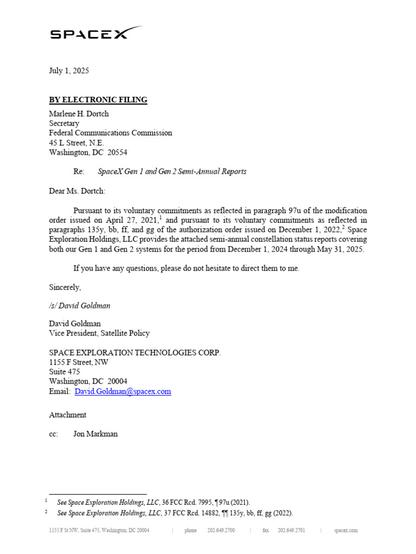New SpaceX report on Starlink conjunctions and deorbits (a.k.a. dumping tons of metal/plastic/solar panels/computers into the upper atmosphere) https://www.scribd.com/document/883045105/SpaceX-Gen1-Gen2-Semi-Annual-Report-7-1-25
Scariest part:
472 Starlinks were burned up in the atmosphere in Dec-May. Assuming each satellite is 800kg, and 50% aluminum by mass, that's 1 ton of aluminum PER DAY.
The natural infall rate of aluminum from meteoroids is 0.3 tons per day. Starlink has been ~3x that, for the last 6 months.
